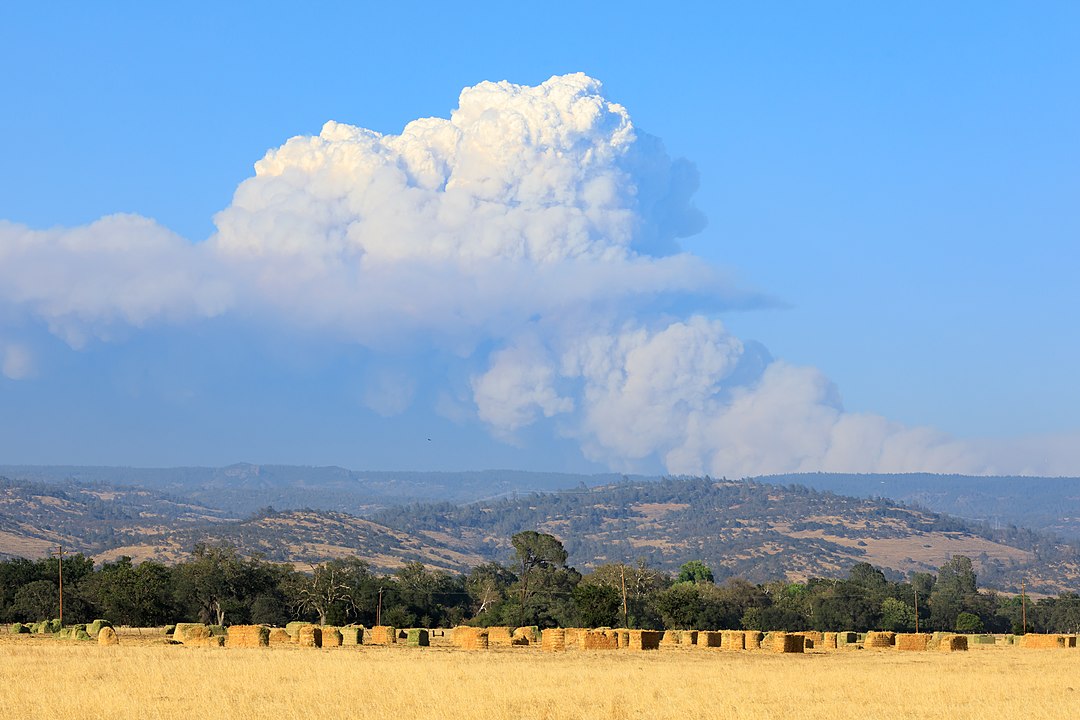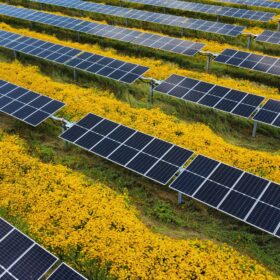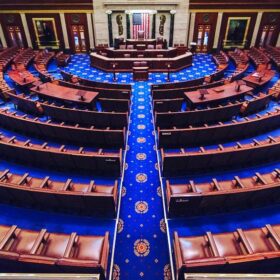Two lawsuits claiming to be on behalf of nearly 200 plaintiffs have been filed, alleging that Pacific Gas & Electric equipment caused the Dixie Fire, a wildfire that began July 13 and became the second-largest wildfire in California history.
The twin complaints allege that the fire was sparked following several blown fuses and PG&E equipment malfunctions in Northern California. The lawsuit alleges that a power outage in the area was reported by PG&E’s outage system at 7 a.m. that day, and a PG&E troubleman arrived at the scene some time after 4 p.m. In the complaint, plaintiff’s attorney alleged that PG&E admitted its equipment malfunctions may have started the Dixie Fire.
The case is Fassbinder, et al. v. PG&E – Shasta Sup Court No. 198186.
The lawsuits claim that the fire was caused by a tree leaning into PG&E’s high-voltage distribution line, which the blown fuses were designed to protect. They allege that the fire happened because PG&E’s infrastructure was constructed to pass electricity through exposed power lines in vegetated areas, and because the company “negligently failed to maintain and operate” its electrical equipment and keep appropriate clearance between that equipment and nearby vegetation.

IMage: Wikipedia/Frank Schulenberg
On September 13, a PG&E troubleshooter spent nearly two hours in federal court answering questions about whether the utility could have turned off the electricity sooner to a power line now suspected of sparking the Dixie Fire.
U.S. District Judge William Alsup is overseeing the utility’s criminal probation for a felony conviction after the utility’s gas lines blew up part of a suburban neighborhood in the San Francisco Bay Area in 2010. He has scrutinized the utility for its role in igniting some of the state’s deadliest wildfires, and leading the company to negotiate more than $25 billion in settlements during a 17-month bankruptcy that ended in 2020.
‘A safety hazard’
The judge may act to impose more stringent conditions on PG&E before his authority expires when the company’s five-year probation ends in late January. He reportedly told lawyers for the utility that PG&E “is a convicted felon that poses a safety hazard to California.” He said his job is to “rehabilitate you and that is what I am going to do until the last minute.”
Days after the Dixie Fire began, the utility told state regulators that its equipment may have been involved. PG&E reported that its repairman responded to a circuit outage on July 13 and spotted blown fuses in a conductor atop a pole, a tree leaning into the conductor, and fire at the base of the tree.

Image: Wikimedia Commons
The utility said its system showed that around 7 a.m. a circuit had lost power, but because of the steep, rough terrain, the worker sent to check it couldn’t reach the area until nearly 5 p.m.
The employee reported the fire to his supervisor who called 911. The dispatcher said they were aware of the fire and responding. Firefighters with the California Department of Forestry and Fire Prevention began dropping water and fire retardant about 5:30 p.m., the utility said.
Seeking damages
“It’s clear that PG&E started this fire,” said Gerald Singleton, a San Francisco-based attorney who is leading the litigation. The plaintiffs in the case are homeowners, renters, and business owners. The case is not a class action; instead, the plaintiffs have elected to combine their individual lawsuits into a single action.
The lawsuit is seeking damages for repair, depreciation, and replacement costs for real and property, loss of use, lost wages, medical expenses, evacuation expenses, among other general damages, as well as punitive damages and attorneys’ fees.
The plaintiffs are represented by Gerald Singleton, J. Ross Peabody, and Tommy Vu of Singleton Schreiber McKenzie & Scott. The firm also represents victims of the 2020 Mountain View and Zogg Fires, the 2019 Kincade Fire, the 2018 Woolsey and Camp Fires, the 2017 Thomas and North Bay Fires, and the 2015 Butte Fire.
This content is protected by copyright and may not be reused. If you want to cooperate with us and would like to reuse some of our content, please contact: editors@pv-magazine.com.









By submitting this form you agree to pv magazine using your data for the purposes of publishing your comment.
Your personal data will only be disclosed or otherwise transmitted to third parties for the purposes of spam filtering or if this is necessary for technical maintenance of the website. Any other transfer to third parties will not take place unless this is justified on the basis of applicable data protection regulations or if pv magazine is legally obliged to do so.
You may revoke this consent at any time with effect for the future, in which case your personal data will be deleted immediately. Otherwise, your data will be deleted if pv magazine has processed your request or the purpose of data storage is fulfilled.
Further information on data privacy can be found in our Data Protection Policy.